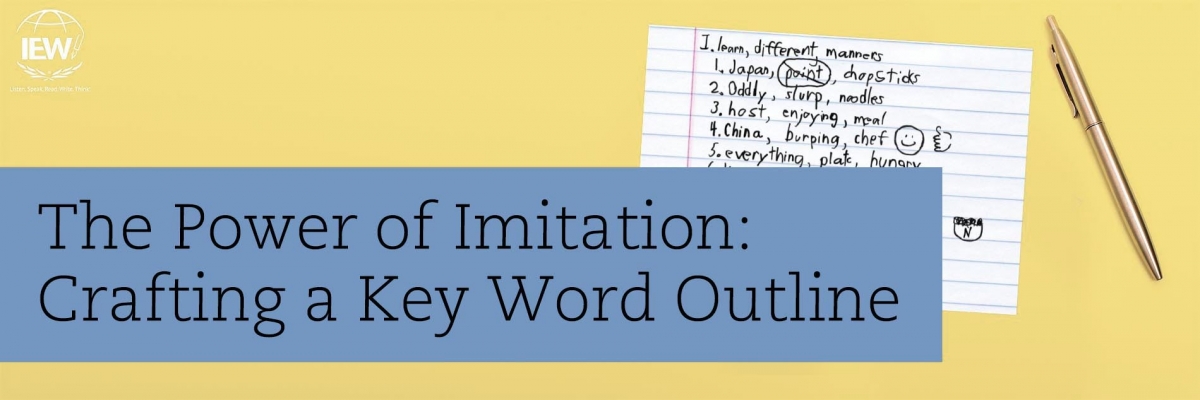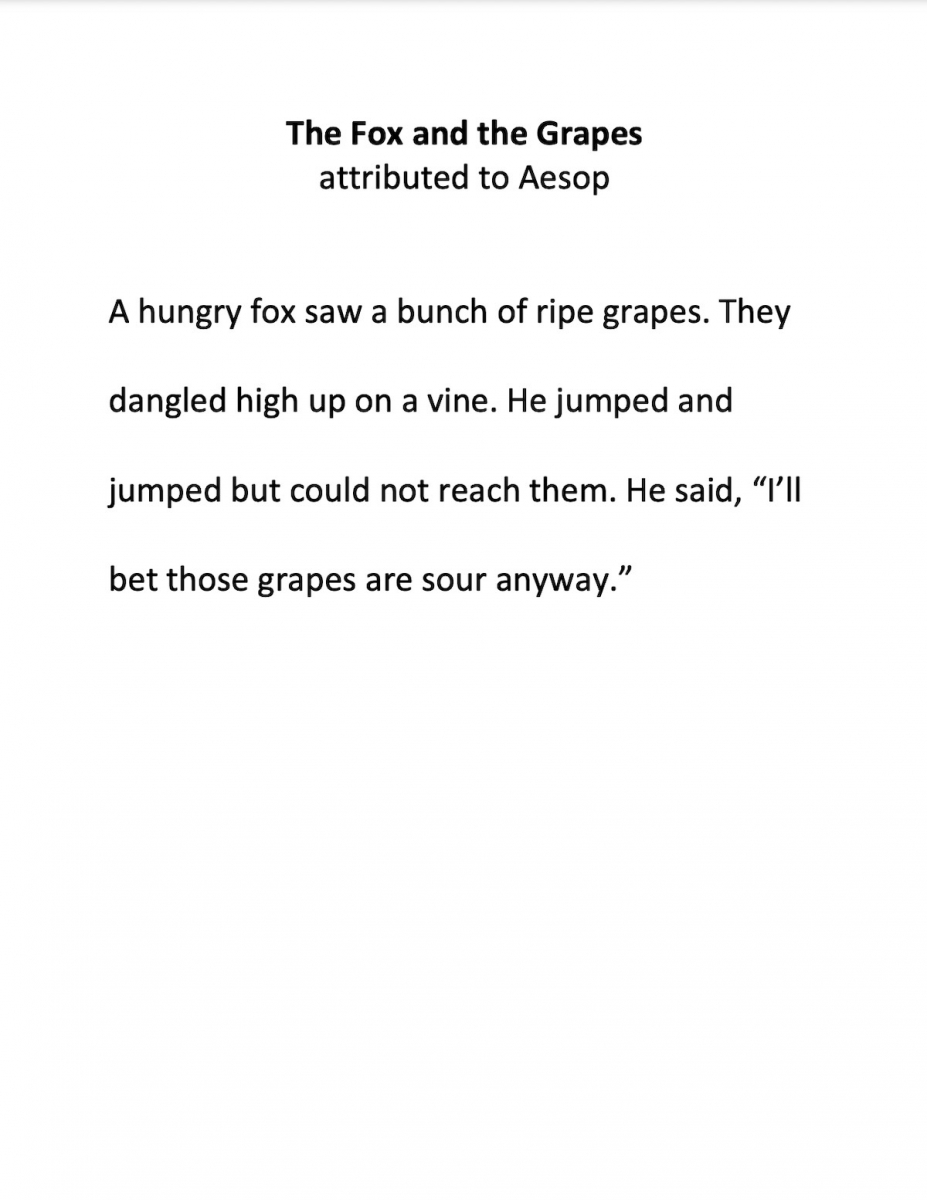
Imitation. It’s one of the earliest and most impactful ways that humans learn. A very young baby learns to smile at her parents by watching them smiling back at her. Later, as an older infant she delights in copying daddy in a game of pat-a-cake. Eventually the baby turns into a toddler, who studiously watches her mother caring for her younger sibling and mimics her by rocking her own baby doll in her arms. In this way children begin their lives learning through imitation and continue as they grow and mature.
Imitation as a means of learning extends to all aspects of life. It is observed when a young violin student copies his instructor’s bowing as he learns “Twinkle, Twinkle, Little Star.” Even older students learn through imitation. Art students can be found with paint pots, brush, and canvas sitting in front of a masterpiece in a museum with their own modest goal of achieving a passable recreation of the original. Van Gogh, a master himself, admired and copied the art of Jean-Francois Millet. Even Benjamin Franklin valued imitation. In Chapter 2 of his autobiography, he describes endeavors to become a better writer by capturing brief notes of other accomplished writers and then attempting to reassemble the writing from his notes. At times he flattered himself that he had surpassed the original source. People imitate art, fashion, mannerisms, and more in their attempt to become better versions of themselves. Imitation’s benefits extend into education as well.
Andrew Pudewa has spent a great deal of time studying imitation and learning how to harness its power to educate. During the summer of 2020, IEW held an online conference called From Imitation to Innovation that explained how imitation in writing eventually leads to innovation. If you didn’t have the opportunity to participate in that conference live, you can still watch the recording here. Other avenues that you can investigate to learn more about utilizing imitation as a means to learning include Andrew’s article “Imitation: A Common Sense Approach.” In another article, “The Art of Teaching a Skill: or, The Skill of Teaching an Art,” found in Andrew’s book However Imperfectly, he mentions imitation’s role in education:
Throughout most of history, the arts of language have been taught through memorization and recitation, reading and copywork. Imitation is critical. Even well-known authors like Benjamin Franklin, Jack London, and Somerset Maugham recorded the benefits they obtained through the practice of trying to imitate existing good writing and re-present already well-organized ideas. (99)
A few weeks ago, IEW held a writing conference that focused on the nuances of teaching special education students. Called Success in Teaching Writing, this online conference brought together educators and parents from around the world for a day of learning and connection. During one session, Andrew presented to a group of students in the studio and across the world a Unit 2 writing assignment. The source text, below, is a simple Aesop fable.
From each line of the text, Andrew and his students collaboratively worked to create a key word outline. Students helped select the key words. There was a rule though: Each line of the outline could have no more than three words. After they finished the outline, Andrew helped his students test it by having his class tell back each line from the key word outline. Once that step was complete, the students began to write their own paragraphs. They all used the same outline, yet take a look at how they demonstrated creativity in their writing! Each fable is unique.
One student named Alexander created quite a clever fable. The title is very catchy! See if you agree.
Bitter as Lemons
by Alexander
Once there was a starving fox in a valley of oaks. His fur was the color of ember while his stomach acted like it. Noticing tantalizingly dangling grapes on a stout tree, the indignant fox attempted to seize them. He tried to reach them, jumping exceedingly, yet he could not retrieve them. His bones ached. The grapes just stayed. He grumbled with agony, ”Perhaps those grapes were bitter as lemons anyway.”
Another student, Chloe, had her own creative take on the tale:
Looking for Food
by Chloe
In the woods on a bright sunny day, a hungry fox was looking for food. When he stumbled upon a big tree, he looked up. Fresh juicy looking grapes were dangling on one of the lower branches. He jumped and jumped but could not reach the fresh grapes. Longingly he mumbled, “Bet they are sour anyway,” and trotted on, looking for food yet again.
Another charming perspective on the story is Matthew’s version:
Sour Grapes
by Matthew
An extremely hungry fox once saw a beautifully luscious bunch of perfectly ripened grapes. Unfortunately, they mockingly dangled practically at the top of the vine. He madly jumped nearly ten times but, annoyingly, never quite high enough. Frustrated, he gave up, saying, “I’ll bet they’re sour anyway.”
Each of these paragraphs reflects the basic structure of the original fable, yet each narrative is unique, reflecting each student’s creativity. That is the power of imitation. It allows students to explore language but at the same time investigate ways to express unique style, syntax, and vocabulary.
Learning through imitation is incredibly valuable. It provides the scaffolding to help students learn to think, start to implement style, and eventually to move towards greater writing independence. The key to creating competent writers and thinkers is to begin from a place of ease and then to gradually move toward greater complexity one step at a time. Begin with imitation, and step by step move towards innovation. It’s an ancient approach to learning, but there’s a reason why it’s still around. It works.

